
Building LLMs with PyTorch Anand Trivedi


- Autor:
- Anand Trivedi
- Wydawnictwo:
- BPB Publications
- Ocena:
- Stron:
- 534
- Dostępne formaty:
-
ePubMobi
 opcje wysyłki »
opcje wysyłki »
Opis
książki
:
Building LLMs with PyTorch
PyTorch has become the go-to framework for building cutting-edge large language models (LLMs), enabling developers to harness the power of deep learning for natural language processing. This book serves as your practical guide to navigating the intricacies of PyTorch, empowering you to create your own LLMs from the ground up.
You will begin by mastering PyTorch fundamentals, including tensors, autograd, and model creation, before diving into core neural network concepts like gradients, loss functions, and backpropagation. Progressing through regression and image classification with convolutional neural networks, you will then explore advanced image processing through object detection and segmentation. The book seamlessly transitions into NLP, covering RNNs, LSTMs, and attention mechanisms, culminating in the construction of Transformer-based LLMs, including a practical mini-GPT project. You will also get a strong understanding of generative models like VAEs and GANs.
By the end of this book, you will possess the technical proficiency to build, train, and deploy sophisticated LLMs using PyTorch, equipping you to contribute to the rapidly evolving landscape of AI. What you will learn
Build and train PyTorch models for linear and logistic regression.
Configure PyTorch environments and utilize GPU acceleration with CUDA.
Construct CNNs for image classification and apply transfer learning techniques.
Master PyTorch tensors, autograd, and build fundamental neural networks.
Utilize SSD and YOLO for object detection and perform image segmentation.
Develop RNNs and LSTMs for sequence modeling and text generation.
Implement attention mechanisms and build Transformer-based language models.
Create generative models using VAEs and GANs for diverse applications.
Build and deploy your own mini-GPT language model, applying the acquired skills. Who this book is for
Software engineers, AI researchers, architects seeking AI insights, and professionals in finance, medical, engineering, and mathematics will find this book a comprehensive starting point, regardless of prior deep learning expertise. Table of Contents
1. Introduction to Deep Learning
2. Nuts and Bolts of AI with PyTorch
3. Introduction to Convolution Neural Network
4. Model Building with Custom Layers and PyTorch 2.0
5. Advances in Computer Vision: Transfer Learning and Object Detection
6. Advanced Object Detection and Segmentation
7. Mastering Object Detection with Detectron2
8. Introduction to RNNs and LSTMs
9. Understanding Text Processing and Generation in Machine Learning
10. Transformers Unleashed
11. Introduction to GANs: Building Blocks of Generative Models
12. Conditional GANs, Latent Spaces, and Diffusion Models
13. PyTorch 2.0: New Features, Efficient CUDA Usage, and Accelerated Model Training
14. Building Large Language Models from Scratch
Wybrane bestsellery
BPB Publications - inne książki
Dzięki opcji "Druk na żądanie" do sprzedaży wracają tytuły Grupy Helion, które cieszyły sie dużym zainteresowaniem, a których nakład został wyprzedany.
Dla naszych Czytelników wydrukowaliśmy dodatkową pulę egzemplarzy w technice druku cyfrowego.
Co powinieneś wiedzieć o usłudze "Druk na żądanie":
- usługa obejmuje tylko widoczną poniżej listę tytułów, którą na bieżąco aktualizujemy;
- cena książki może być wyższa od początkowej ceny detalicznej, co jest spowodowane kosztami druku cyfrowego (wyższymi niż koszty tradycyjnego druku offsetowego). Obowiązująca cena jest zawsze podawana na stronie WWW książki;
- zawartość książki wraz z dodatkami (płyta CD, DVD) odpowiada jej pierwotnemu wydaniu i jest w pełni komplementarna;
- usługa nie obejmuje książek w kolorze.
Masz pytanie o konkretny tytuł? Napisz do nas: sklep@ebookpoint.pl
Książka drukowana


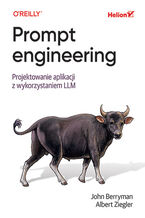
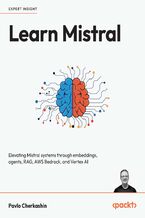




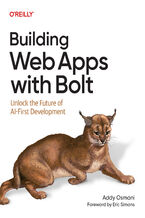

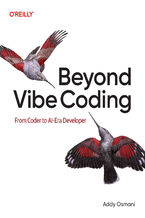















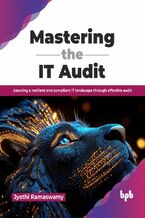


Oceny i opinie klientów: Building LLMs with PyTorch Anand Trivedi
(0)